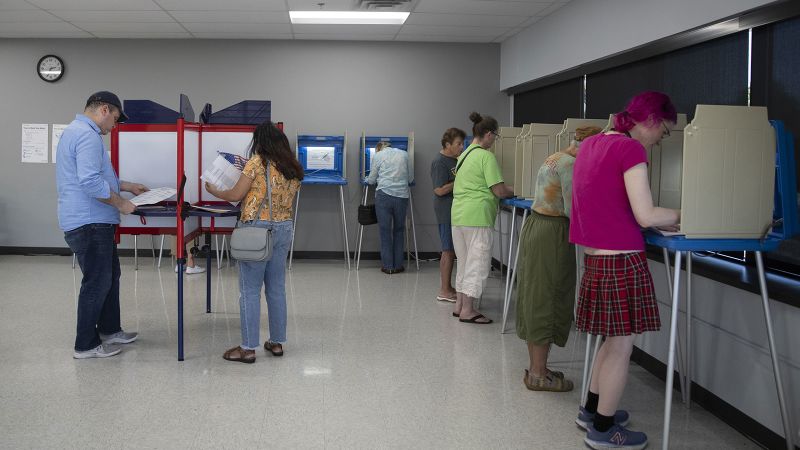The coin sold at auction for a huge price thanks to one mistake you need to look out for
A rare two-pence coin made with a ‘major error’ on it has sold for £700 at auction. At first glance, it can be hard to spot what is wrong with the 1983 2p coin which went under the hammer at RWB Auctions last week.
But the super rare coin has garnered the interest of collectors across the world due to its unusual wording. An error from the UK’s Royal Mint means that the 2p coin reads ‘new pence’ instead of ‘two pence’.
Collectors say this subtle error was likely produced when an old die was used to strike the coin, and very few of these coins exist. The 2p coin sold for £700.
The handful of these coins can be found in sets produced in collaboration between The Royal Mint and Italian drinks company Martini & Rossi as part of a promotional giveaway labelled ‘The Great British 1983 Coin Collection’ on the cover. But although thousands of the sets were released, only a small number feature the rare 2p coin.
Children born in the 1980s are now being urged to check their coins in case they have one of the rare coins. “It is worth checking old coin collections for this set, particularly if you were born in 1983,” said Jon White, of RWB Auctions.
“Someone may have bought you one as a baby or as a Christening present. If they happened to get hold of a rare one, then you have a very valuable gift on your hands.”
Some UK coins are considered rare and valuable due to a combination of factors, including low mintage, errors in production, historical significance, or special designs. Here are the main reasons that contribute to the rarity and value of certain UK coins: Coins with a low number of copies produced tend to be rarer and more valuable. If a particular coin has a limited release, it becomes harder to find, making it more desirable to collectors.
Some coins are minted with mistakes, such as misalignments, wrong designs, or incorrect dates. These error coins often become rare and valuable because of their uniqueness. Special coins minted to celebrate an event, anniversary, or historical figure are often produced in limited quantities. These commemorative coins are popular among collectors and may increase in value over time.
The condition of a coin, often referred to as its grade, is crucial to its value. A well-preserved coin with little to no wear will typically fetch a higher price than a worn one. Coins made from precious metals like gold, silver, or platinum are often more valuable, especially if the price of the metal increases.
Older coins or those from important periods in UK history (like during the reign of a famous monarch) can carry a higher value due to their historical significance.






